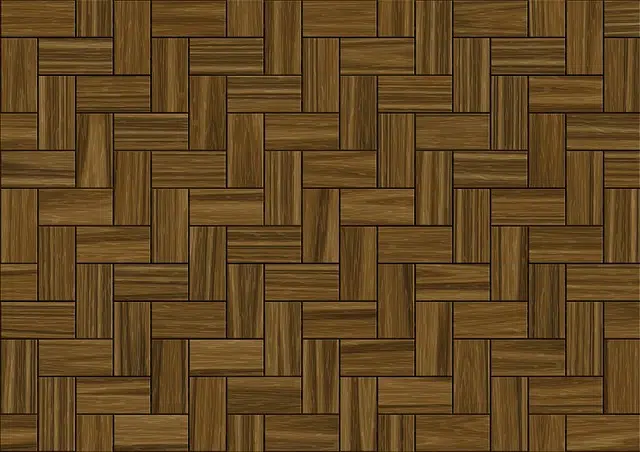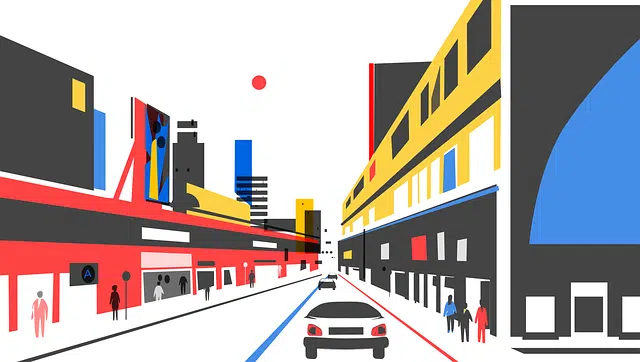
You can see the vanishing point by looking at the parquet slats.
The concept of vanishing point is used to name a certain geometric place . Geometric places are groups of points that allow certain geometric properties to be satisfied: in the specific case of the vanishing point , it is the place where the projections of all the lines parallel to a certain direction in space converge , but which are not parallel to the plane of the projection.
This means that the vanishing points are as many as the number of addresses in the space in question. That is why it is said that the vanishing point is at infinity and is improper.
Analyzing the vanishing point
We can understand the vanishing point if we look at the wooden slats that make up a parquet floor ( plank ). These slats are equal in size and create parallel lines with each other. However, when observing them, those that are far away appear smaller and the lines become increasingly closer to each other. The virtual extension of these lines would cause them to converge at their vanishing point.
The vanishing point, therefore, is that place where parallel lines meet according to perspective . Vanishing points are very important for making drawings , since they allow us to give a sensation of depth and maintain the perspective that an observer would have from a certain point of view.
Its importance in drawing
In addition to the importance of learning this concept to create proportionate and harmonious drawings in terms of the dimensions of its elements, it also allows shading to be performed with greater precision. One of the keys to a well-made drawing is the application of lights and shadows, since the scene comes to life by showing this characteristic property of our reality, lighting.
In an illustration lacking sufficient technique or knowledge, shading is often done imprecisely, usually representing many light sources, each of which affects only a small part of the drawing. For example, it is not uncommon to see flowers whose petals always have their shadow in the same place (for example, on the left half if you cut it crosswise and look at it from the front), regardless of whether they are all at different angles. .

The vanishing point is very important when making a drawing.
By taking into account the vanishing point to make an illustration of a garden, continuing with the same theme, where there is a great diversity of flowers and plants, the information related to the position of each one and its relationship with the other elements in The space serves to carry out the lighting, since it is possible to understand the path of the light source(s) that affect the scene, as well as the direction and proportions of each shadow.
Vanishing point and perspective
If we take the orthogonal directions that correspond to the spatial axes that we usually call X , Y and Z , the vanishing points allow us to take into account a frontal perspective , an oblique perspective or an aerial perspective , according to the projection that is made.
It is important to note that the vanishing point not only allows us to reproduce a scene accurately, but is also a fundamental tool to alter perception and to conceive images that are impossible to find in reality . Playing with perspectives is necessary to achieve certain effects, and this can be done by changing the location of the vanishing point; For example: the closer you are to the observer, the more imposing the objects appear. Likewise, more complex drawings may use more than one vanishing point to achieve different results, such as the deformation of elements.
